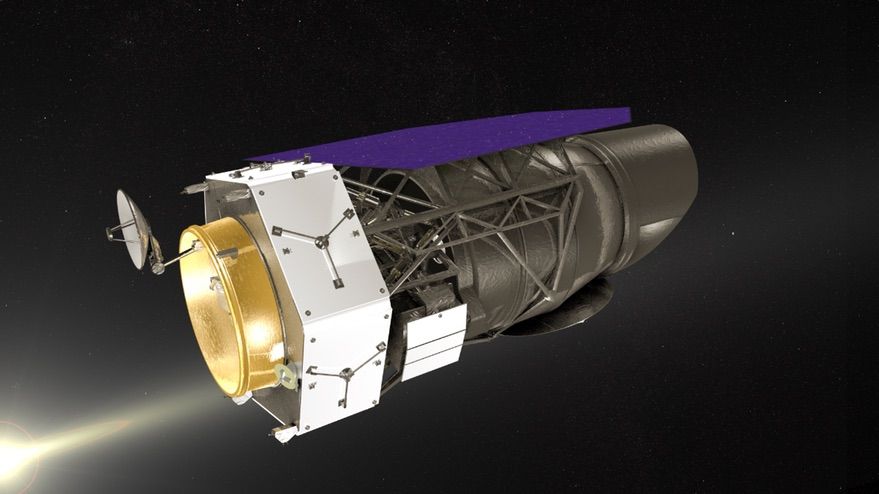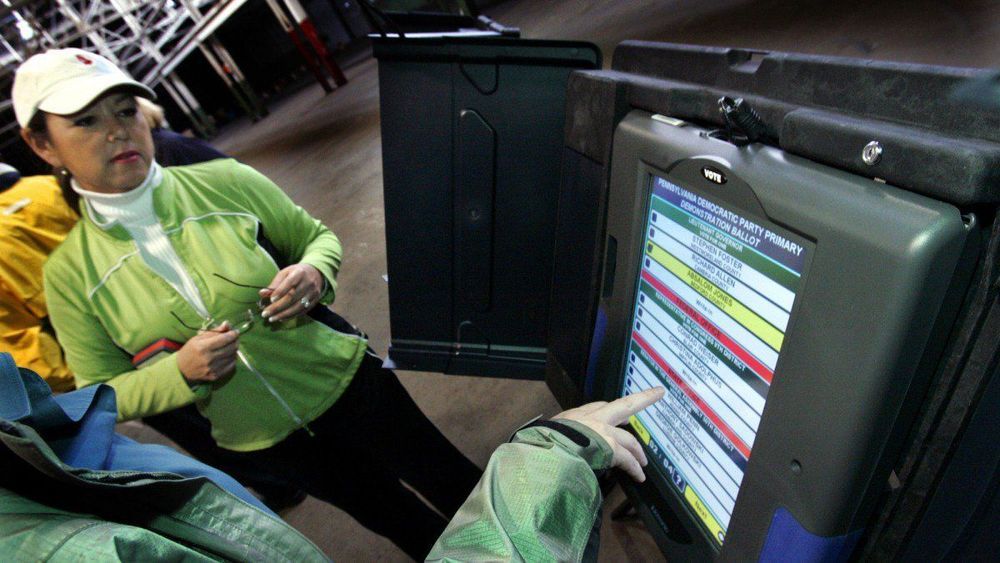Around the ruins and dense rainforest of a mysterious “lost city” in Honduras, researchers have discovered a treasure trove of biodiversity, including numerous species once thought to be extinct and others previously unknown to science.
As detailed in a new report, a recent expedition by Conservation International’s Rapid Assessment Program (RAP) and the Government of Honduras headed deep into a previously unexplored corner of the forest around Ciudad Blanca, in La Mosquitia, Honduras.
Their biological assessment documented 246 species of butterflies and moths, 30 bats, 57 amphibians and reptiles, as well as numerous fish, mammals, and insects. At least 22 of these species had never been recorded in Honduras before.








